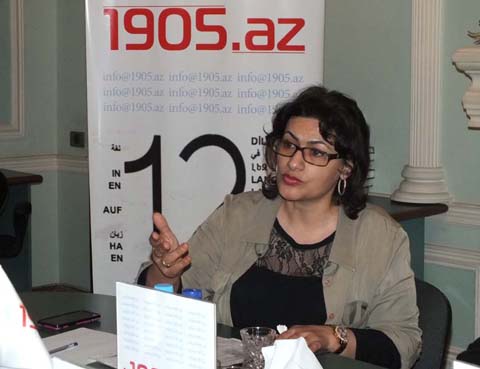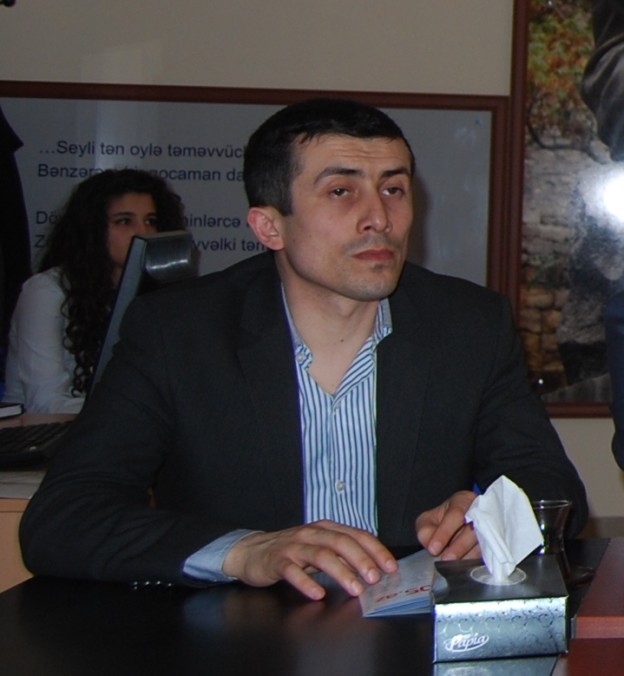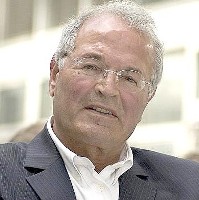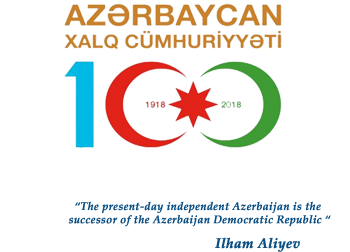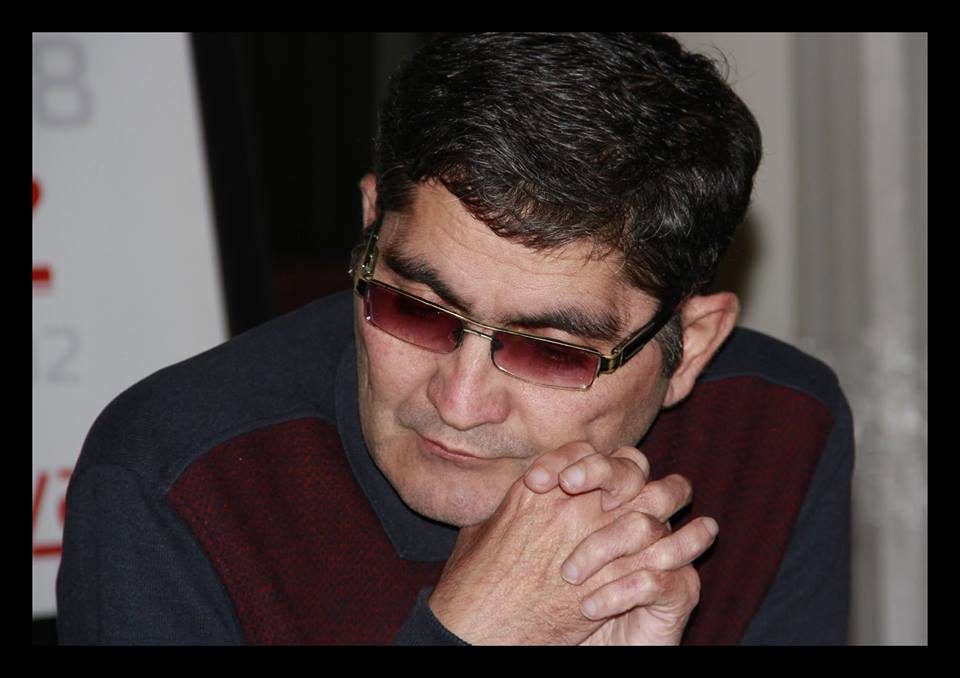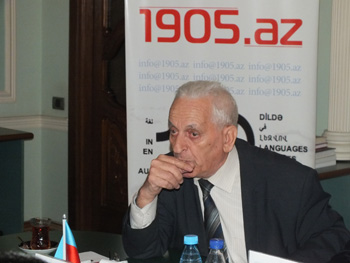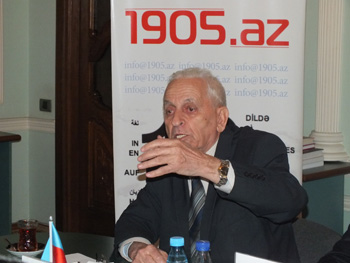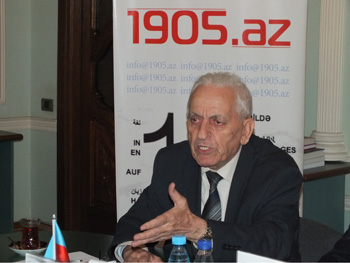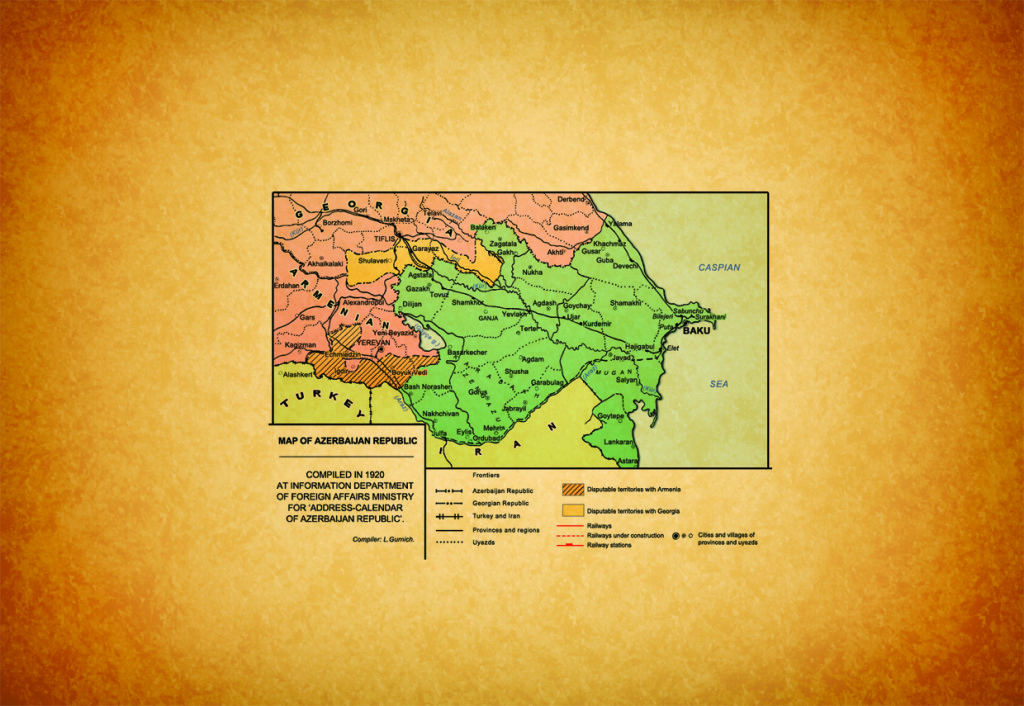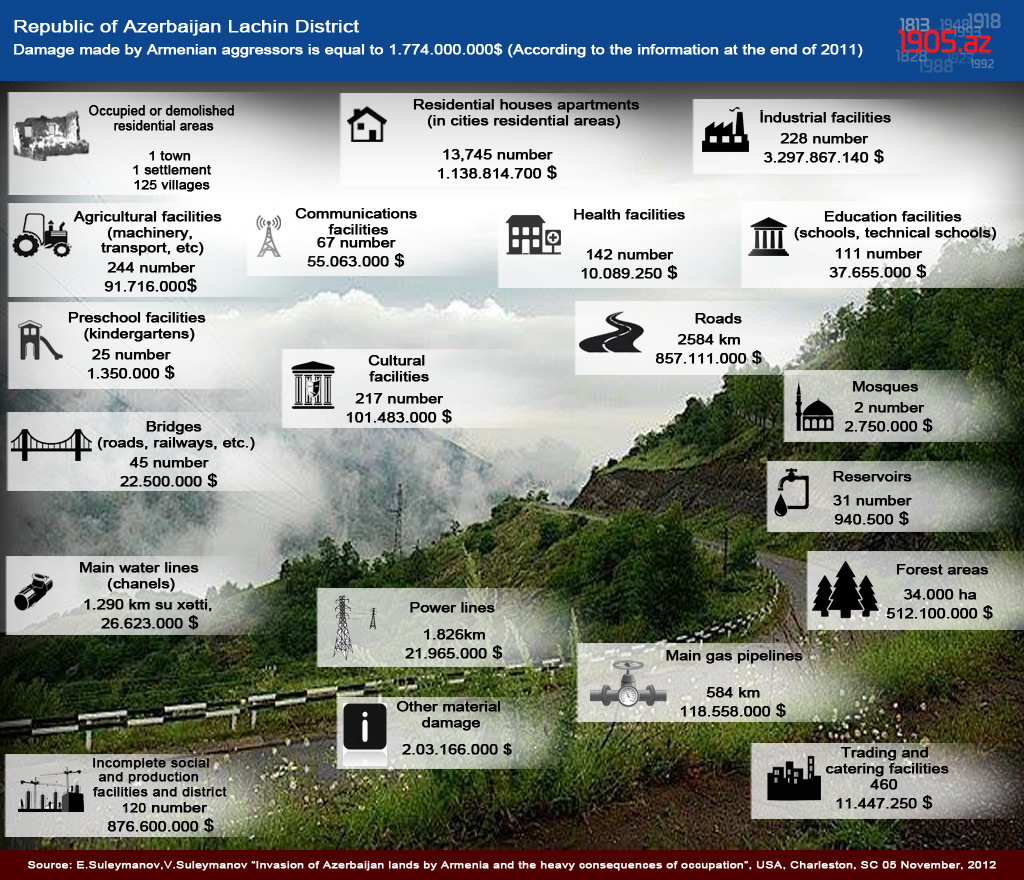Ramiz Sevdimaliyev,
Doctor of Political Sciences
Terrorism is not just a form of expression of a political, social or religious protest, but also a tool of geopolitical competition, and therefore it has always been an instrument of big politics. Most terroristic organizations emerged when geopolitical confrontation of the leading states in different regions of the world intensified through those organizations that intended to influence the development of events, manipulate the existing situation in a particular country or region by using the so-called “national question”. In this context, the invisible warfare, including the terroristic forms of struggle becomes the basis of their military and political strategies.
In the turn of XVIII-XIX centuries the Ottoman Empire weakened. Its territory was always in the focus of attention of many states for its favorable geo-strategic location. Expansionist policies of the Tsarist Russia, France, England, Austria and Italy aimed at weakening and destroying the Ottoman state intensified further during that period. To strengthen their positions in the Middle East and to acquire free access to the Mediterranean Sea, these states regularly played the card of the so-called “national question”, established direct contacts with the representatives of ethnic minorities, mainly with the ethnic Armenians, provided them with moral, financial, material support for creating numerous terroristic organizations. This policy of major powers in the second half of XIX century led to the formation a special kind of terrorism. The most prominent representative of it is the Armenian terrorism based on aggressive separatism and ethnic intolerance. This kind of terrorism is widely used in the practice of terrorism activity; it is characterized by a boundless cruelty, accompanied by an ethnic cleansing, mass massacres, and a large number of casualties. It has an exceptional destructive power capable to escalate social tensions, and fuel to ethnic hatred and lead to the collapse of the state. Naturally, each of these powers pursued its own geopolitical and expansionist goal, and accordingly attempted to weaken the Ottoman Empire in several directions.
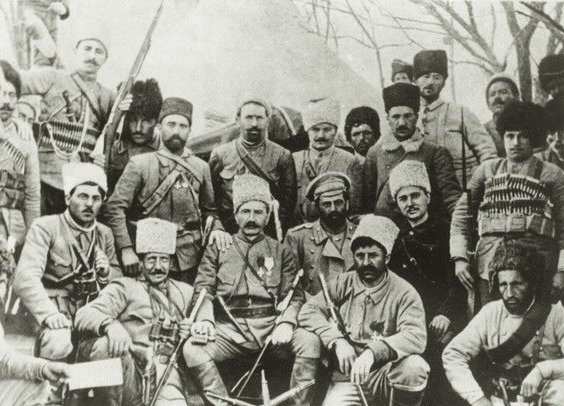
After the conclusion of Gulistan Treaty (1813) between Russia and Persia (present-day Iran), the historical Azerbaijani territories along the former Iranian-Soviet border were incorporated into Russia. Gulistan Treaty was then followed by Turkmenchay treaty in 1828 agreement, according to which other Azerbaijani territories – the khanates of Erivan and Nakhichevan – were annexed by the Tsarist Russia. It should be noted that in this period the armed Armenian groups took part in the battles for the first time, and Russian understood at once for what purposes they could use the Armenians.
The grave consequences of the above-mentioned treaties led to the division of the Azerbaijani people and lands, inclusion of the far-fetched “Armenian question” in to the political agenda, as well as to the change of demographic situation in the Southern Caucasus. Settled in various areas of the Southern Caucasus, the Armenians began to oppress the indigenous Azerbaijani population with the support of the Tsarist Russia, 130,000 Armenians were moved from the Middle East to the Azerbaijani lands in 1828-1829, and another group- 600,000 in number later. According to the Russian scholar N.I. Shavrov, the total number of migrant Armenians throughout XIX century was over one million. The Armenians settled in the territory of the Erivan, Nakhchivan and Karabakh khanates formed a minority in comparison with to the local Azerbaijanis, the Nakhchivan and Erivan khanates, were abolished by the decree of Emperor Nicholas I dated March 21, 1828. Instead, a new administrative-territorial unit called the Armenian oblast was established and renamed to Erivan governorate in 1849. This artificial division essentially created preconditions for implementing the policy of ethnic cleansing and separatism in the future. As a result of the policy pursued in the Southern Caucasus first by the Tsarist Russia, then by the Soviet Union over the past 200 years, the Azerbaijanis have become victims of obligatory relocation from their native and historical lands.
On the other hand, at the turn of XVIII-XIX centuries, the U.S. government began trade and military expansion in the Mediterranean Sea, which was carried out in parallel with the ideological penetration; American Protestant missionaries set a goal to conquer the Holy Land for Christianity, which was under the control of the Ottoman state. Missionaries were also conducting economic, political and military intelligence. They launched a large scale pro-American propaganda, sought to establish close ties with the ruling circles and paid much attention to the training of local agents. Although formally missionaries did not independent on the government, they always enjoyed the most active state support. A planned American missionary network was built in the East. In 1810, the American Board of Commissioners for Foreign Missions was established in Boston, Massachusetts. The bureau, the charter of which was approved by the Supreme Court of the state in 1812, soon became a center for missionary work abroad, mainly in the Orient. Although conceived as a charity organization, it proved to be very useful for Russia, France and Great Britain. Naturally, neither the Muslims nor the Jews nor the representatives of other Christian denominations adopted Protestantism. After a failure in Jerusalem, a group of American missionaries settled in Beirut, Lebanon in 1821 and converted two ethnic Armenians Grigori Vartapet and Karapet Dionysius into Protestantism. Afterwards, the missionaries began to develop their success in other territories of the Ottoman state. They opened headquarters in Istanbul, later in Bursa, Trabzon, Van, Bitlis, Konya, Erzurum, Marash, Mardin. According to N.A.Halfin, there were 45 “major” and 254 “secondary” American missionary points, 98 churches and 129 missionaries in Turkey by the 1880s. Referring to the Russian traveler Putyat, N.A.Halfin writes that “in Asia Minor, there was a total of 34 Protestant missionaries, 12 native assistants, 7 schools with 135 pupils of both sexes in 1845, while 177 missionaries, 791 assistants, 117 churches, 11,709 Protestant Armenians, 464 elementary schools, 26 high schools for boys, 18 female schools and 5 colleges with 16,990 students in 1890… The number of Protestants reached 28,667. The development of Protestant preaching promises to follow in the enhanced progression in the future.”
The Armenian clergy concerned with the successes of the American Protestant missionaries among the Armenians, made efforts in 1839 to get rid of these missionaries and earn back the renegades. The Armenian Church unhesitatingly used force. According to William E. Strong, “schools were burned, arrests and terror spread” during the campaign called the Armenian-American Protestant “persecution”. This action performed in the best traditions of present international terrorism, became the continuation of the Armenian tragedy launched by the Tsarist Russia, and caused incalculable losses among many nations, primarily among the Turkish and Azerbaijani, and naturally the Armenian people.
Immediately after these events, the major powers, especially Great Britain, rushed to the aid of the Armenian Protestants, because the situation seemed favorable for intervention. After the establishment of the Protestant church, struggle for the Armenians of the Ottoman state became even more brutal. In the Ottoman Empire historically there was an Armenian Gregorian Church, while the Armenian Protestant Church received its official status in 1850 and the Armenian Catholic Church also carried out its activities. The protestant Armenians were patronized by Great Britain along with the American missionaries, while, France acted as a “protector” of the Catholic Armenians.
Thus, Russia used the Armenians for an access to the southern seas and to cut Britain`s route to India. Britain used the Protestant Armenians to protect the route to India, while the Catholic Armenians were necessary for the interests of France in the Middle East. Under the guise of protecting the religious rights of Christians and their missionaries, the great powers sought to seize the territories of the Ottoman Empire. Simultaneously, the ambitions of the great powers were used by the Armenian leaders to achieve their political goals. These circumstances and later historical events during the Russian-Turkish wars until the end of the First World War became a basis for the birth of the Armenian extremism and intolerance. Instigated by Russia and certain circles in Great Britain and France, groups of conspirators, revolutionaries, clergymen and intelligentsias, who rejected the real historical facts and employed more inhumane methods, such as terror, appeared. Established at the turn of XIX-XX centuries, the Armenian parties, such as Armenakan, Hunchak, Dashnaktsutyun, chose terror as a means of political struggle. Bloody actions committed by the Armenian terroristic organizations distinguished by their brutality and sophistication were usually accompanied by the destruction of entire communities, cultural and religious monuments, massacres of civilians, including women and children.
Since its inception, the Armenian terrorism has been characterized by a number of important features described below.
Firstly, the birth of international terrorism and organized terroristic groups are considered one of the vices and tragic pages of XX century. However, the Armenian terrorism arose as international terrorism in XIX century and already had an organized, systematic, planned character since its inception.
The first Armenian political party Armenakan was established in 1885; its members operated not only in the Ottoman Empire and Europe, but also in Russia and Persia. The party chairman M. Portukalian emigrated to Marseille, France, where he organized an Armenian patriotic society, collected money to buy weapons. The purchased modern weapons were delivered to the Armenians living in Van and its surroundings, where they were trained for sabotage and terror warfare, as well as for “general uprising” with the support of “friendly powers”.
The party Hunchak (“Bell”) declared terror its chief method of struggle against the Ottoman Empire, it was founded by Nazarbekian in Geneva in 1886. The 4th paragraph of the party program stated: “To achieve the objectives, the revolutionary government must resort to the movement of propaganda, agitation, terrorism, creation of subversive organizations, development of workers and peasants… Agitation and terrorism should serve to make people stronger and braver.”
The other political organization – the Armenian Revolutionary Federation (ARF), also known as Dashnaktsutyun, was established in 1890 in Tiflis. The central press organ of the party was the newspaper Droshak (“Banner”), which was published from 1891 until 1930 in Geneva. Since its inception, Dashnaktsutyun, as other Armenian political parties, considered terror against the Turkish state, political and public figures its main form of struggle for creating “a single, independent Armenia from the sea to the sea” also called “Great Armenia” by the ideologists of the organization. Witin a short time, the party created numerous cells in the towns of the Southern Caucasus, Iran, Turkey and Europe. Militant bases performing numerous terror acts abroad were established in Iran and other countries. In its activities Dashnaktsutyun resorted to all means to arm people, encouraged conflicts, terrorized the government officials and informants plundered and destroyed government offices, etc. One of the leaders of ARD, Simon Vratsian, who also served as Prime Minister of the Armenian state until its annexation by the Soviet Russia, wrote that ARF “organized armed gangs which waged a continuous struggle against the [Ottoman] government in order to achieve its goals through revolution”, according to its adoption in 1891. The Armenian author A. Ter-Minassian claimed that “the movement of Armenian the fedayeen was the precursor of liberation struggle in the Muslim world from Iran to Algeria in XX century.”
Since its formation, Dashnaktsutyun chose terror methods as the main means of its activity. Quoting K.S. Papazian, the historian of ARF Michael Varandian wrote that “perhaps there had never been a revolutionary party, including the Russian Narodnoya Volya and the Italian Carbonari, with such an extensive experience in the conduction of terroristic acts as Dashnaktsutyun, which though hardships produced the most violent terrorists, including hundreds of professionals for acts of vengeance using gun, bombs and daggers.” Another Armenian author Sarkis Atamian claimed that for Dashnaktsutyun “terrorism became an act of courage of underground populist organizations and Dashnaks comparable to the Western understanding of warfare.”
All the Armenian political parties were established in different countries, and all of them considered terror the most effective method to achieve their goal. As noted earlier, these parties were funded through collecting money, usually by means of threats and intimidation (“voluntary donation”). Weapons for activists and fighting units, which were, in fact, terrorist organizations were purchased at the expense of “voluntary donations” in many countries. All these organizations were also fighting a hidden war against one another to gain more power over the minds of the Armenians, who, in turn, had become an obedient tool in the hands of the terroristic organizations advocating the violent expansion of the “Armenian territories”.
Terror acts and mass killings in the territory of the Ottoman Empire were committed not only by the subjects of the Ottoman state, but of other states, in particular of the Tsarist Russia and Persia; in other words, criminal actions of the Armenians were trounsboundary. The Armenians resettled in Karabakh, Nakhchivan and other regions of the Southern Caucasus in accordance with the treaties of Gulistan and Turkmenchay, made repeated attempts to cross the border in order to commit armed attacks on the government facilities and settlements in the territory of the Ottoman Empire in the last decade of XIX century. According to the Consulate General of the Ottoman Empire in Tiflis, as well as to the correspondence between the Ministry of Interior and Ministry of Justice in 1891, 1894 and 1897, the Armenians planned to unite with the Armenians coming from Iran around Kars and attack Van, Beyazit and Mush. It should also be emphasized that these criminal acts of the Armenians were blessed by the Catholicos of Etchmiadzin.
To be continued

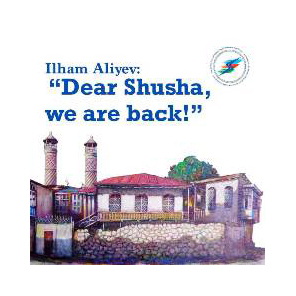
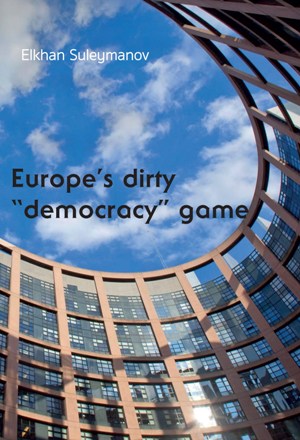
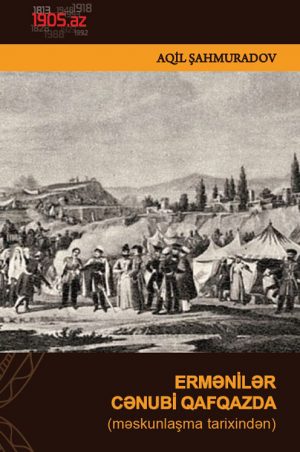


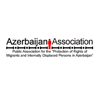


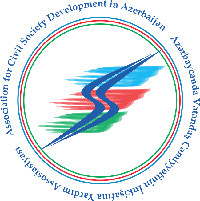
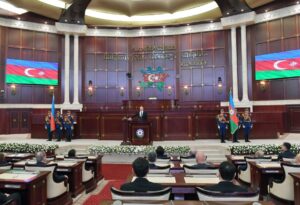 Inauguration ceremony of President of Azerbaijan Ilham Aliyev was held
Inauguration ceremony of President of Azerbaijan Ilham Aliyev was held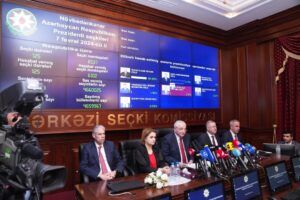 Ilham Aliyev wins presidential election with 92.05 percent of votes VIDEO
Ilham Aliyev wins presidential election with 92.05 percent of votes VIDEO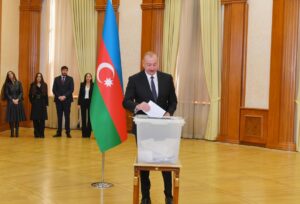 President Ilham Aliyev, First Lady Mehriban Aliyeva and family members voted in Khankendi VIDEO
President Ilham Aliyev, First Lady Mehriban Aliyeva and family members voted in Khankendi VIDEO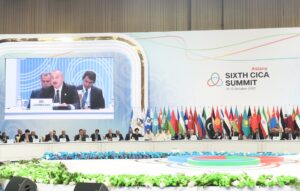 Plenary session of 6th Summit of Conference on Interaction and Confidence Building Measures in Asia gets underway in Astana. President Ilham Aliyev attends the plenary session VIDEO
Plenary session of 6th Summit of Conference on Interaction and Confidence Building Measures in Asia gets underway in Astana. President Ilham Aliyev attends the plenary session VIDEO President Ilham Aliyev was interviewed by Azerbaijani TV channels in Prague VIDEO
President Ilham Aliyev was interviewed by Azerbaijani TV channels in Prague VIDEO



